Joint Guard for Horses: Ultimate Joint Support for Performance, Recovery, and Aging
What Is Joint Guard for Horse?
Joint Guard for Horse is a scientifically formulated equine supplement developed to protect, repair, and maintain joint health in horses. It’s widely used in both performance horses and senior equines to reduce stiffness, support cartilage repair, and enhance mobility.
Unlike simple glucosamine products, Joint Guard often contains a multi-ingredient blend of:
- Glucosamine HCL
- Chondroitin sulfate
- MSM (Methylsulfonylmethane)
- Hyaluronic acid
- Omega-3 fatty acids
- Vitamin C and manganese
These components work synergistically to target inflammation, cartilage degradation, and joint fluid viscosity, offering complete joint care.
Key Ingredients and Their Functions
Joint Guard for Horse contains a powerful blend of joint-supportive nutrients:
- Glucosamine HCL – Rebuilds and maintains cartilage
- MSM – Reduces inflammation and supports collagen production
- Hyaluronic Acid – Improves joint lubrication and mobility
- Omega-3 Fatty Acids – Lowers joint inflammation
- Vitamin C – Boosts collagen synthesis and antioxidant protection
- Manganese – Supports cartilage and bone metabolism
Indications: When to Use Joint Guard for Horses
Joint Guard is indicated in a wide range of joint-related conditions, from early-stage stiffness to chronic arthritis. Below are the most common scenarios:
1. Arthritis and Osteoarthritis (Degenerative Joint Disease)
- Symptoms: Stiff gait, swollen joints, difficulty turning, reluctance to work
2. Post-Injury or Post-Surgical Recovery
- Joint Guard promotes recovery by easing inflammation and accelerating joint healing
3. High-Performance Horses
- High-performance horses—such as racehorses, eventers, dressage, and endurance competitors—face increased risk of joint stress and strain.
- Joint Guard supports cartilage health by preserving its structure and preventing premature wear and degeneration.
4. Aging Horses with Reduced Mobility
- Senior horses experience enhanced comfort and greater joint flexibility with reduced pain
5. Young Growing Horses (Preventive Use)
- Used in yearlings and training juveniles to support early joint development and reduce injury risk
How Joint Guard Works to Support Joint Health
Joint Guard is designed to protect, repair, and rebuild the structures of the joint, including cartilage, synovial fluid, and connective tissues. Here’s how each component contributes to the biological mechanisms behind joint recovery:
1. Cartilage Regeneration and Protection
- Glucosamine and chondroitin are chondroprotective agents. They stimulate the production of proteoglycans and glycosaminoglycans (GAGs), which are essential for healthy cartilage matrix.
- These compounds also inhibit cartilage-degrading enzymes such as collagenase and aggrecanase.
2. Reduction of Inflammation and Pain
- MSM (Methylsulfonylmethane) acts as a natural anti-inflammatory. It helps reduce the production of pro-inflammatory cytokines like TNF-α and IL-6.
3. Improvement in Synovial Fluid Quality
- Hyaluronic acid increases the viscosity and cushioning capacity of the joint fluid, acting like a lubricant.
- This prevents friction between bones and supports smoother motion.
4. Antioxidant and Tissue Repair Effects
- Vitamin C and manganese act as cofactors in collagen formation, supporting the repair of joint capsules and connective tissues.
- These also help neutralize oxidative stress that accelerates joint degeneration.
Dosage and Administration Guidelines for Joint Guard for Horses
Proper dosing is crucial to maximize the effectiveness of Joint Guard for Horse, especially when managing chronic joint issues or supporting high-performance equines. The supplement is typically available in powder, granular, or pelleted form, and should be mixed with the horse’s daily feed for best results.
General Guidelines
- Form: Oral (powder or granules)
- Route: Mixed with feed
- Duration: Long-term use is safe and often recommended for chronic joint conditions
- Water Access: Ensure fresh water is always available, especially when supplementing with MSM
Recommended Dosage
| Horse Type | Body Weight (kg) | Initial Dose (Loading Phase) | Maintenance Dose |
| Light Work / Prevention | 300–400 kg | 15 g daily for 7–10 days | 10 g daily |
| Moderate Work | 400–500 kg | 20 g daily for 10–14 days | 15 g daily |
| Heavy Work / Performance | 500–600 kg | 25 g daily for 14–21 days | 20 g daily |
| Geriatric / Arthritic | 500–650 kg | 30 g daily for 21 days | 20 g daily |
Note: For acute joint inflammation or recovery from surgery, some veterinarians may recommend extending the loading dose or combining with anti-inflammatory therapy under supervision.
Administration Tips
- Consistency is Key: Administer the supplement at the same time daily for optimal blood levels of active ingredients.
- Mask the Flavor: Mix with molasses, soaked pellets, or a small amount of apple sauce if your horse is a picky eater.
- Avoid Double-Dosing: If you miss a dose, continue with the next scheduled one. Do not double the amount.
Duration of Use
- Preventive Use: Continuous low-dose supplementation for at-risk horses
- Therapeutic Use: Minimum of 4–6 weeks to observe measurable improvements in mobility and stiffness
- Performance Maintenance: Recommended throughout competitive seasons
Pro Tip: Keep a log of administration dates and any changes in mobility, appetite, or behavior. This helps track progress and alerts you to any adverse effects.
Advisories, Risks, and Side Effects of Joint Guard in Equine Care
While Joint Guard for Horses is widely regarded as a safe and effective supplement for maintaining joint health and mobility, responsible use requires awareness of specific precautionary measures, contraindications, and potential side effects. This section provides a comprehensive look to help ensure optimal safety and effectiveness for your horse.
Precautions
1. Veterinary Consultation Is Essential
Before starting any new supplement regimen, particularly one with bioactive ingredients like glucosamine, chondroitin, MSM, and hyaluronic acid, it’s essential to consult your veterinarian—especially in horses with:
- Pre-existing health conditions (e.g., metabolic disorders, laminitis, hepatic or renal issues)
- History of supplement sensitivities
- Concurrent medications or therapies
2. Introduce Gradually
When introducing Joint Guard, begin with half the recommended dose for the first few days.
3. Observe for Feed Palatability
- Mix Joint Guard with wet or soaked feed, bran mash, or molasses
- Monitor feed buckets to ensure the full dose is consumed
4. Use Clean Feeding Equipment
Avoid contamination by using clean scoops, gloves (if handling by hand), and feed pails. Bacterial contamination can compromise your horse’s gut health or render the supplement ineffective.
5. Monitor for Cumulative Effects
In long-term users, periodically review your horse’s joint condition, weight, mobility, and blood work in consultation with your vet. Though side effects are rare, routine health checks help catch issues early.
6. Proper Storage
Store the supplement in a cool, dry place, sealed tightly after each use. Avoid exposure to direct sunlight or moisture, as this can degrade sensitive ingredients like vitamin C and omega-3 fatty acids.
Contraindications
While Joint Guard for Horses is generally safe, it should be avoided or used with caution in the following cases:
- Shellfish Allergy – Glucosamine may be derived from shellfish; risk of allergic reaction.
- Pregnant or Lactating Mares – Not enough safety data; avoid unless advised by a vet.
- Concurrent Anticoagulant Therapy – Glucosamine may interfere with blood clotting.
- Other Joint Medications – Avoid overlapping ingredients (e.g., duplicate MSM or HA).
Always consult a veterinarian before use in sensitive or high-risk horses.
Potential Side Effects
Although side effects are uncommon, some horses may experience reactions during the initial supplementation period or at high doses.
Gastrointestinal Issues:
- Symptoms: Soft stools, mild diarrhea, reduced appetite
- Cause: Rapid introduction, high dose, or poor feed compatibility
- Action: Reduce dose temporarily; mix with easier-to-digest feed
Allergic Reactions (Rare):
- Symptoms: Hives, skin rash, swelling of the muzzle or limbs, itchiness
- Cause: Usually linked to glucosamine (especially from shellfish origin)
- Action: Stop use immediately and seek veterinary advice
Feed Refusal:
- Solution: Mix with apple sauce, soaked pellets, or molasses to improve taste
Long-Term Use Concerns:
- No significant negative outcomes reported with prolonged use
- However, it’s advisable to do regular health checkups (every 3–6 months) to monitor liver/kidney markers in horses on continuous supplements
What to Do in Case of an Adverse Reaction
If your horse experiences any unusual symptoms such as:
- Swelling of the face or legs
- Excessive drooling or feed refusal
- Unexplained lameness
- Behavioral changes
Stop using Joint Guard immediately and consult your veterinarian.
Document the reaction (include photos if applicable) and provide full details of the feed, supplements, and medications your horse is currently on. This will help your vet make an informed assessment.
How Joint Guard Supports Equine Athletes and Aging Companions
Joint Guard is trusted by equine professionals for its multi-functional benefits across all life stages and workloads. Here’s what it offers:
Key Benefits:
- Reduces stiffness and lameness
- Promotes faster post-exercise recovery
- Slows the progression of arthritis
- Improves performance in high-stress training
- Protects against long-term cartilage damage
- Boosts overall mobility and quality of life
- Supports injury and post-surgical recovery
Scientific Research and Clinical Support
Joint Guard’s ingredients are supported by peer-reviewed veterinary studies:
1. Glucosamine & Chondroitin
- Clarke et al., 2004 (Equine Vet Journal): Found significant improvement in joint flexion and cartilage regeneration after 6 weeks of glucosamine–chondroitin supplementation.
2. MSM
- Hagyard Equine Medical Institute (2012): Showed that horses on MSM had 45% less lameness and quicker recovery after strenuous activity.
3. Hyaluronic Acid
- AAEP Study (2015): Oral HA showed improved joint fluid viscosity and reduced crepitus in arthritic horses after 3 weeks of use.
Real-World Testimonials and Case Studies
Case Study: Senior Gelding with Chronic Arthritis
Horse: 18-year-old Thoroughbred gelding
Treatment: Joint Guard 25g daily for 6 weeks
Outcome:
- Reduced stiffness and quicker morning mobility
- Improved willingness to trot and canter
- Better weight distribution on all limbs
Case Study: Endurance Mare Under Heavy Training
Horse: 7-year-old Arabian mare
Problem: Intermittent hock soreness after events
Treatment: Joint Guard during training season
Outcome:
- Significantly reduced inflammation
- No need for corticosteroid injections
- Improved post-ride recovery and hydration
Conclusion
Maintaining optimal joint health is vital for every horse—whether they’re elite performers, seasoned seniors, or young horses entering training. Joint Guard for Horse stands out as a scientifically-formulated, multi-action supplement that addresses all key aspects of joint care: cartilage regeneration, inflammation reduction, and lubrication enhancement.Backed by clinical studies and widely recommended by veterinarians, Joint Guard provides comprehensive support with ingredients like glucosamine, chondroitin, MSM, and hyaluronic acid, ensuring your horse stays active, comfortable, and pain-free. Its use is not only therapeutic for managing arthritis and joint stress but also preventive—ideal for protecting the musculoskeletal health of horses throughout their lives.







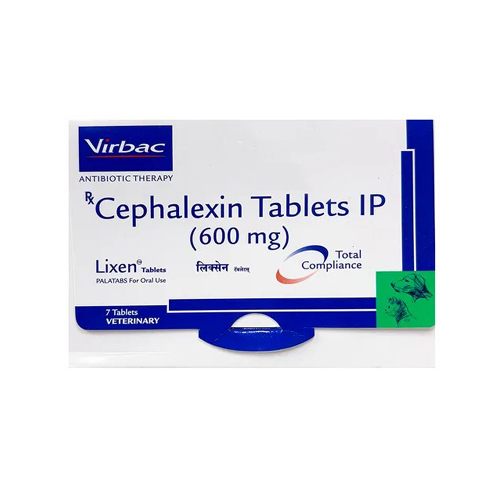
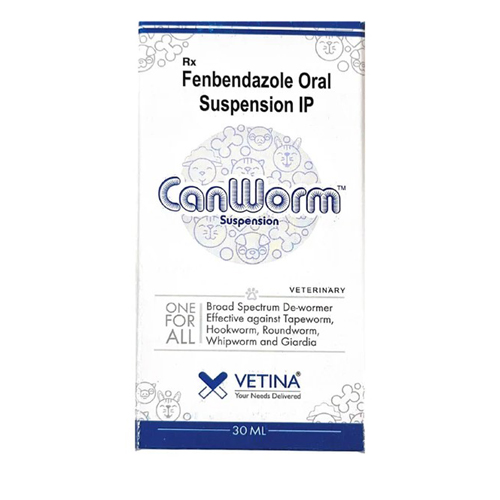



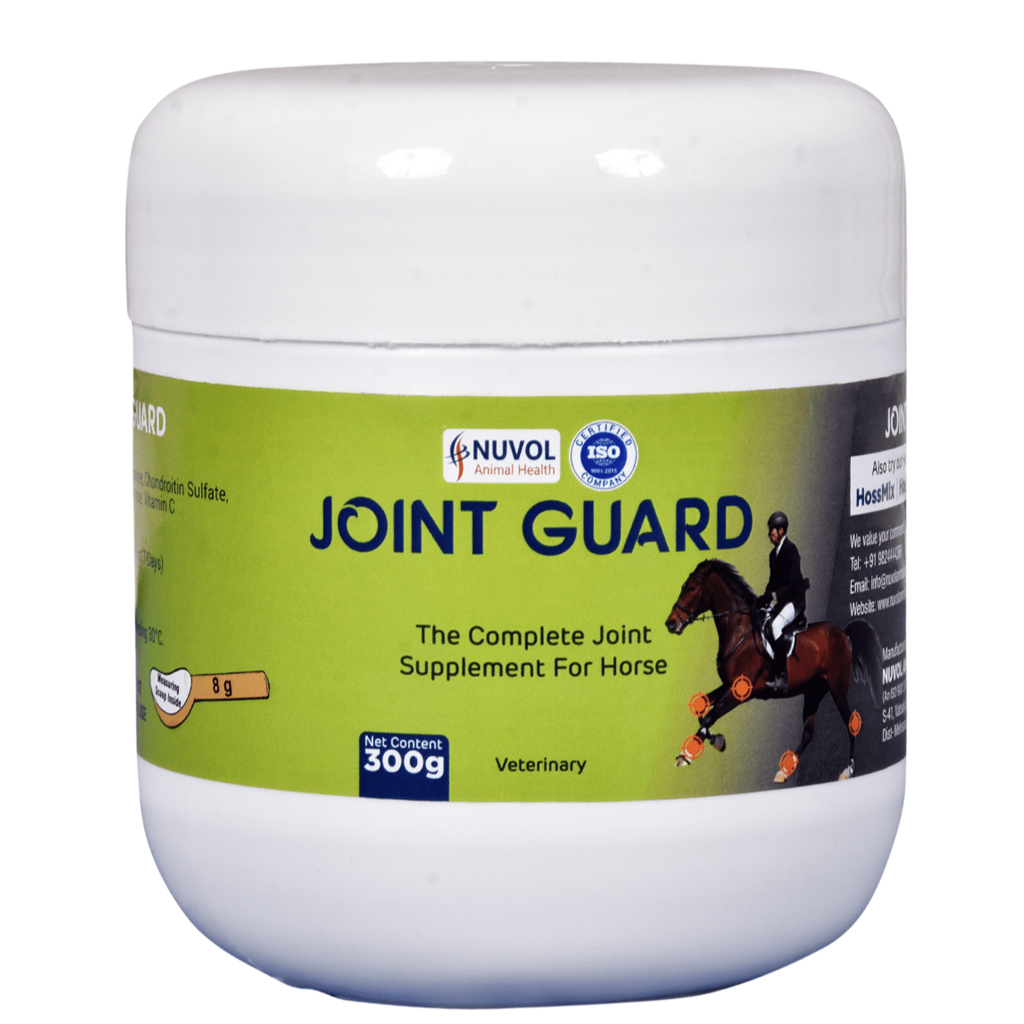
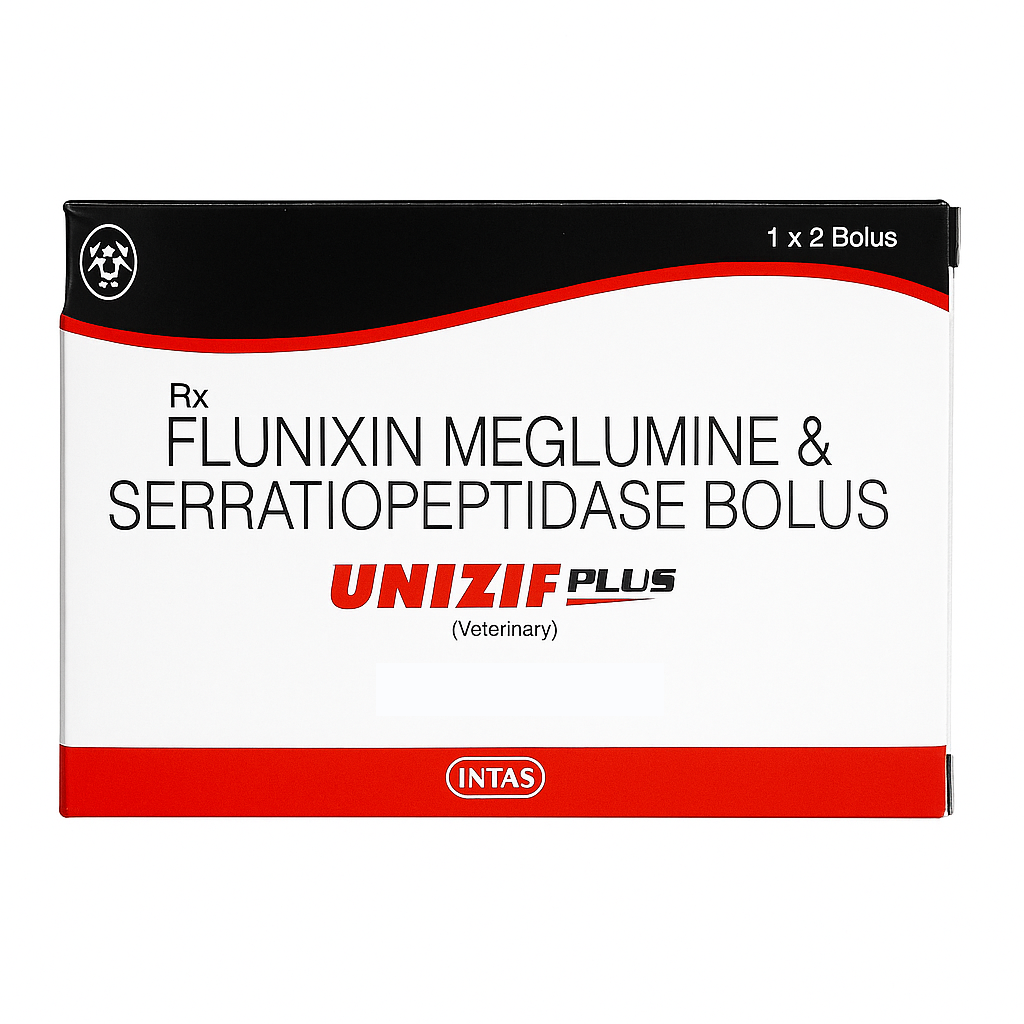

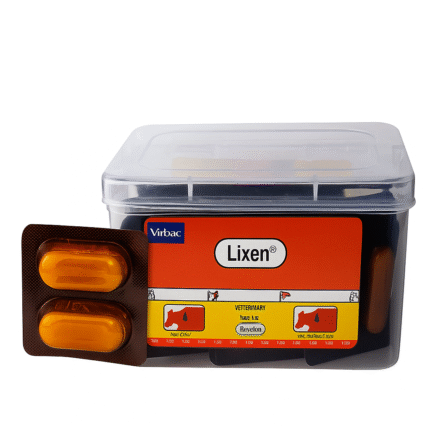
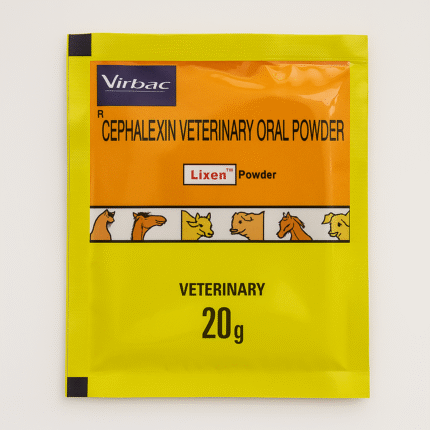
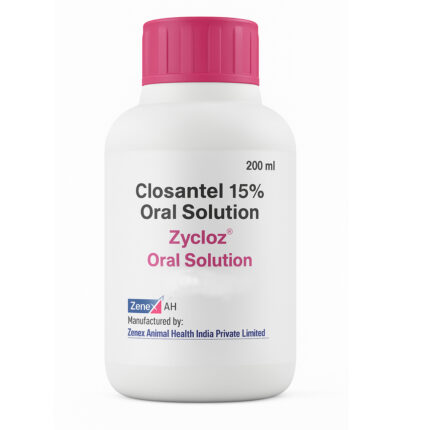
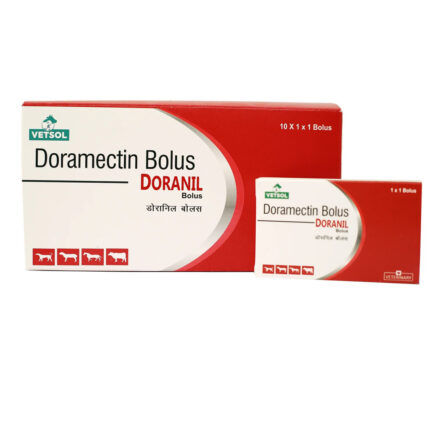
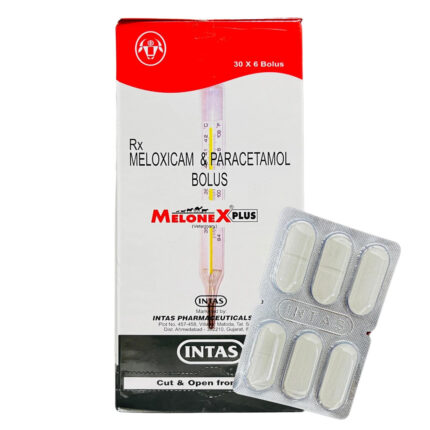
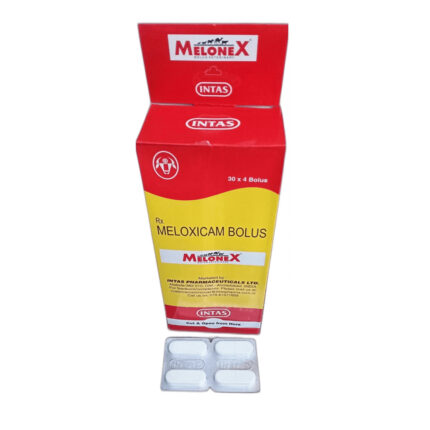
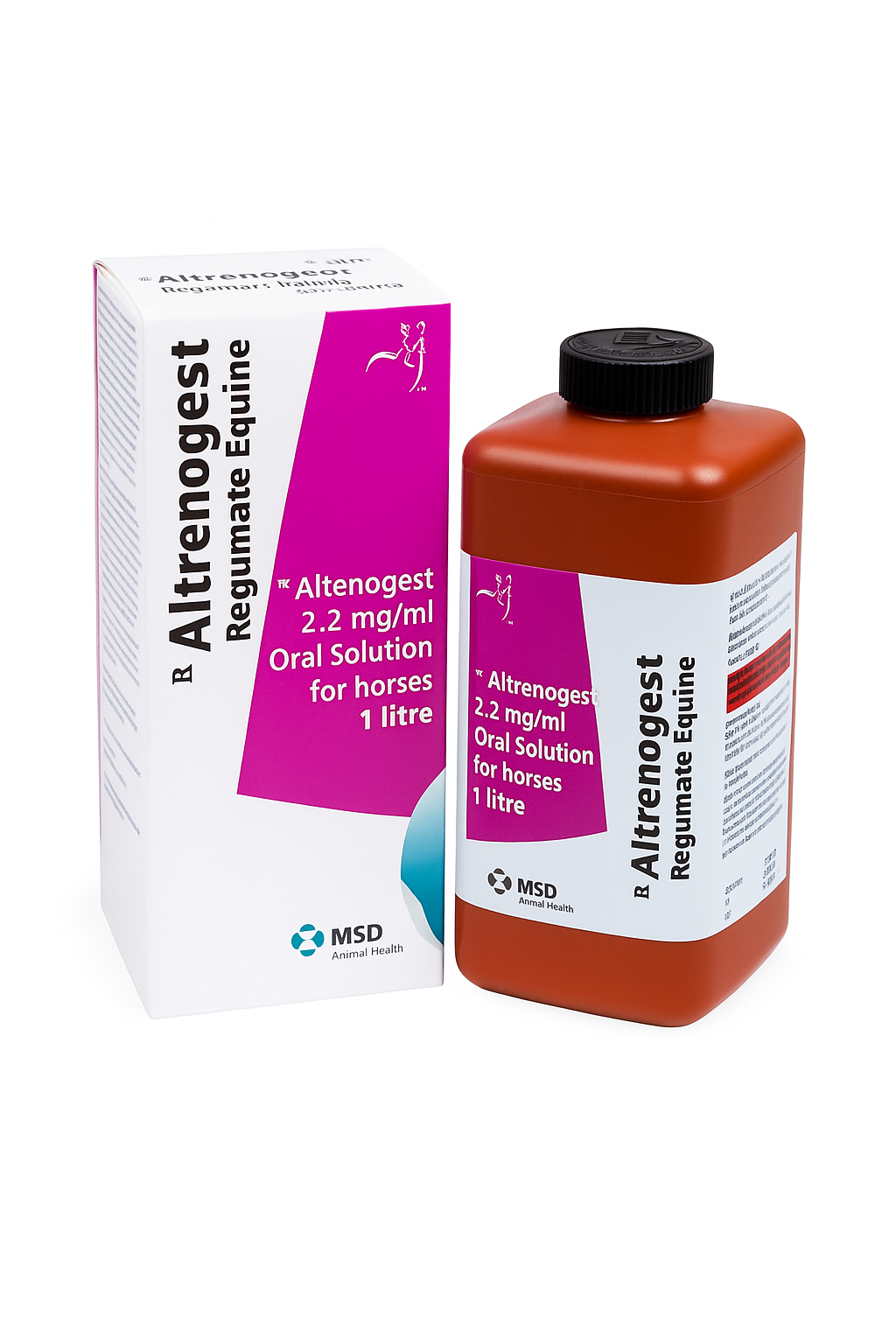

Reviews
There are no reviews yet.